Selecting the right books for third graders is crucial as these young readers start refining their reading preferences and skills. At this stage, you want engaging stories that not only match their developing reading abilities but also capture their burgeoning imaginations. Finding books that bridge the gap between simple picture books and more complex texts is key to fostering a love of reading.
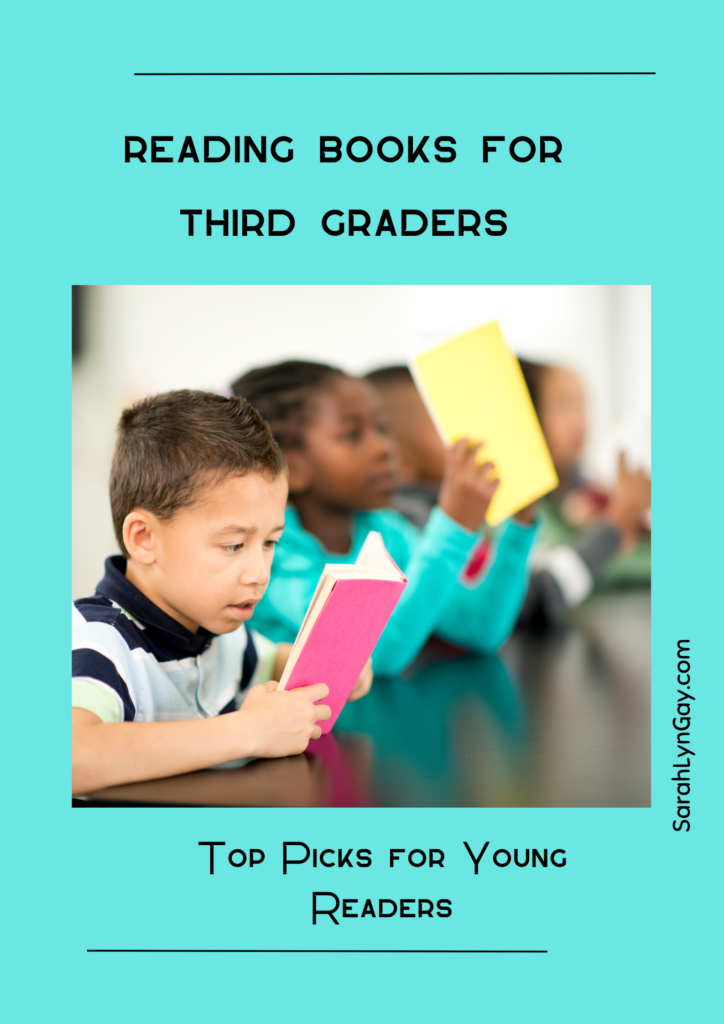
With the diverse range of interests and reading levels in third grade, it’s important to offer a variety of books. You can explore recommended reading books for third graders that cater to various preferences, whether they lean towards adventure, fantasy, or real-life stories. The goal is to provide a rich selection that resonates with their experiences and encourages exploration in reading.
Ensuring that reading remains a fun and enjoyable activity at this age cannot be overstated. It’s the perfect time to introduce children to books that will make them eager readers, laying the foundation for a lifelong journey through literature. Offer them narratives that challenge them just enough without overwhelming them, keeping the spark of curiosity alive as they become more proficient readers.
Importance of Reading for Third Graders
In third grade, your reading skills serve as an important bridge from learning to read to reading to learn. At this stage, 90 percent of students are encouraged to read at or above grade level by the end of the year. This sets a foundation for future academic success across all subjects.
Reading in third grade is not just about recognizing words, it’s about comprehension and fluency. Your ability to understand the text shapes your capacity to learn from it, whether it’s fiction or nonfiction. You’re expected to engage with a variety of text types, from poems and early literature to technical texts like science charts and glossaries.
Here’s why developing reading skills in third grade is so crucial.
- Transition to complexity: The texts become more challenging, with an introduction to chapter books and more complex vocabulary.
Analysis and discussion: You are encouraged to articulate your understanding of the texts, develop your own points of view, and discuss your ideas about a text or characters.
Literacy as a foundation: Mastering literacy by third grade is a predictor of future academic achievement. Understanding what you’re reading now is paramount for learning and succeeding in later grades.
Your reading skills are crucial in third grade. Continue to nurture them, as they will be foundational for the rest of your educational journey.
Choosing Age-Appropriate Reading Books for Third Graders
Selecting the right books for third graders involves considering themes resonant with their age, ensuring language is neither too simple nor too complex, and providing engaging visuals to support their reading experience.
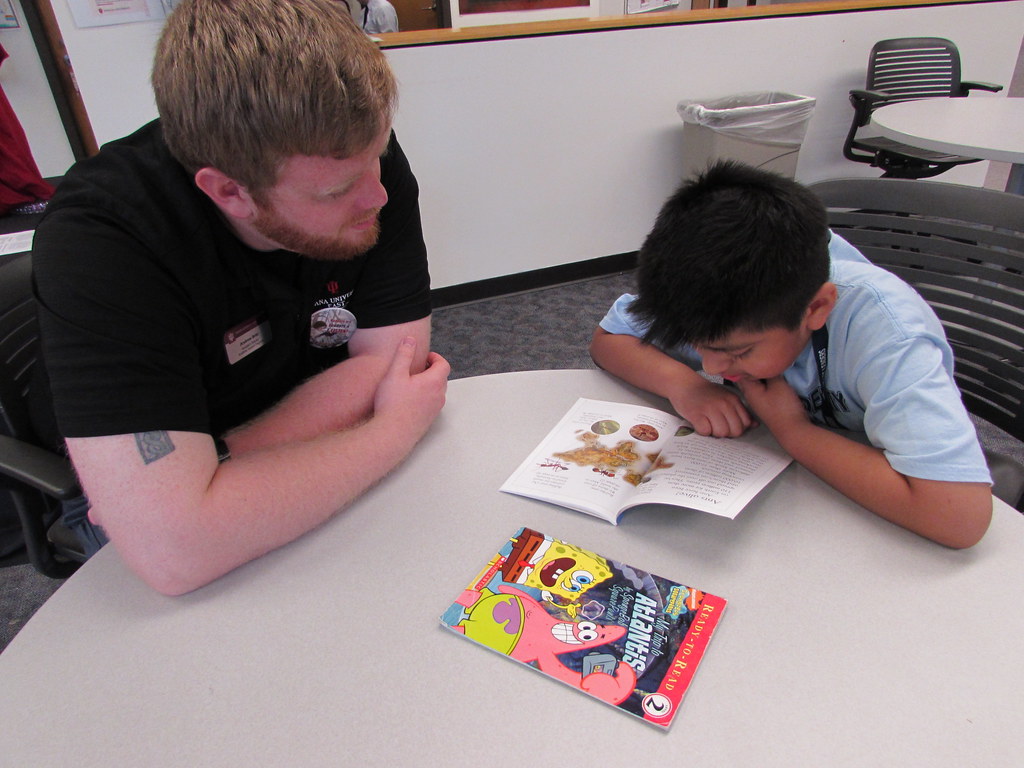
Themes and Content
Themes suitable for third graders often involve friendship, adventure, and discovery. You should look for books that tackle problems and emotions a third grader might face, such as fitting in or overcoming challenges. For example, the Beatrice Zinker, Upside Down Thinker series features a relatable protagonist navigating school dynamics.
Language and Difficulty
The language and reading level should match your child’s proficiency. In third grade, reading levels can vary widely, so consider books that cater to this range, ensuring they challenge yet affirm a child’s reading abilities. Guides like Scholastic’s book list for third grade can help determine suitable levels.
Visuals and Layout
Visuals are essential in transitioning readers from picture books to chapter books. Look for books with illustrative cues or occasional pictures like the Tintin series, which can help maintain interest and aid comprehension. The layout should be clear, with readable fonts and spacing to facilitate ease in reading.
The Benefits of Fiction for Young Readers
Fiction offers a unique space for children in third grade to grow intellectually and emotionally. Here, you’ll discover how stories serve not only as a source of entertainment but also as a vital tool for development.
Stimulating Imagination
Your imagination will expand when you lose yourself in a fictional world. Books serve as gateways to uncharted territories, providing a canvas on which your mind can paint limitless possibilities. The experience of reading fiction actively involves creating mental images of characters and places, which enhances creativity.
For example, when reading a story set in a fantasy world, you must imagine the scenery and the characters, building mental agility.
Building Empathy
Fiction allows you to walk in someone else’s shoes. By engaging with a character’s feelings and challenges, you learn to understand and share their emotions. This experience is integral for developing empathy. Stories present diverse perspectives and situations, encouraging children to consider feelings and viewpoints beyond their own immediate experiences.
Non-Fiction Books for Third Graders
Exploring non-fiction books can significantly enhance your third grader’s understanding of the world around them. These books provide factual information that can spark curiosity and support learning in various disciplines.
Introducing Science and History
Dive into the wonders of science with titles like Back Off! Stinky Animals which explore fascinating animal defense mechanisms, or Weird Animals to Shock You! that highlights the strangest creatures out there. History can come to life for third graders with books that feature influential figures like Jackie Robinson: A Life of Determination or stories of impactful events which shape our world.
- Science Favorites:
- Back Off! Stinky Animals
- Sharks: Oceans Alive
- Historical Figures:
- Jackie Robinson: A Life of Determination
- National Geographic Readers: Martin Luther King Jr.
Fostering Curiosity and Learning
Non-fiction books for third graders aren’t just about facts; they’re about encouraging inquisitive minds. Titles such as Roller Coasters not only explain the thrilling mechanics behind amusement park rides but also kindle a curiosity in physics.
Meanwhile, books like Speak Up! Communicating Confidently help build soft skills and showcase the importance of effective communication supported by real-life examples.
- Skill Building:
- Be The Change In Your School
- Speak Up! Communicating Confidently
- Exploring Interests:
- Meet My Neighbor, the Photographer
- Roller Coasters
Interactive Books and Activities
Interactive books and activities can significantly enhance your third grader’s reading experience, engaging them more deeply with the text and content. These tools are designed to make learning not only more effective but also enjoyable.
Workbooks
Workbooks provide a structured way for you to reinforce reading skills. They usually include a variety of exercises.
- Vocabulary Building: Enhance your child’s lexicon with exercises tailored to their reading level.
- Comprehension Questions: Assist in developing critical thinking with questions related to the text.
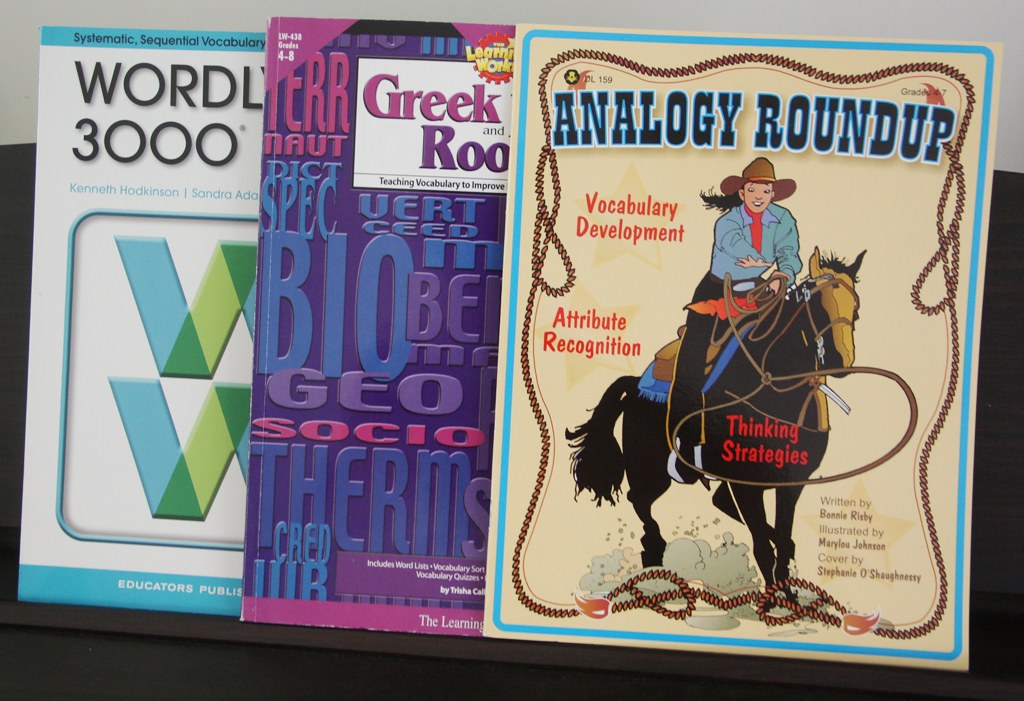
Each workbook tends to align with educational standards, ensuring that your third grader is on track with their age group’s learning objectives.
Interactive Storybooks
Interactive storybooks bring stories to life with features that allow your child to engage directly with the content.
- Animations: Characters and scenes that move and react to your child’s actions.
- Audio Narration: Stories read aloud, often by skilled voice actors, to help your child with pronunciation and fluency.
By incorporating these interactive elements, storybooks can capture your child’s attention and make reading a more memorable experience. Choose from a variety of interactive stories that cover different subjects and themes to broaden your third grader’s horizons.
Incorporating Technology in Reading
Integrating technology into reading can enhance engagement and provide diverse methods for third graders to interact with text. Let’s explore specific tech-based tools that support reading development.
E-Books and Reading Apps
Utilizing e-books and reading apps can make reading material more accessible and engaging for you. These digital formats often include interactive features such as clickable glossaries and embedded comprehension questions, which can scaffold learning and support vocabulary development. For instance, e-books might offer visual support through illustrations, which can aid in comprehension, especially for visual learners.
- Literacy Instruction with Digital and Media Technologies highlights the importance of these evolving literacies in education.
Audiobooks as a Learning Tool
Audiobooks serve as a powerful tool to build listening skills and comprehension. They can expose you to new vocabulary and correct pronunciation, even while on the go. Hearing stories read aloud often brings the text to life, which can improve both engagement and understanding.
- Embracing the benefits of audiobooks can be found in detail at Responsibly Incorporating Technology into Literacy Instruction.
By blending traditional reading approaches with these technological aids, your reading experience can be greatly enriched.
Reading Strategies for Parents and Teachers
In engaging third graders with reading, it’s critical to implement strategies that foster both skill development and a love for reading. Understanding these tactics can profoundly impact your child’s or students’ literacy journey.
Encouraging Daily Reading Habits
To nurture a daily reading routine, consistency is key.
- Set aside a specific time each day for reading to ensure it becomes a part of your child’s daily life.
- Encourage self-selected reading, where your child picks books that interest them, to foster a sense of autonomy and investment in reading.
For guidance on selecting appropriate material, explore resources that recommend grade-level text and identify strategies to help your child persist through challenging or unfamiliar content.
Discussion Questions and Activities
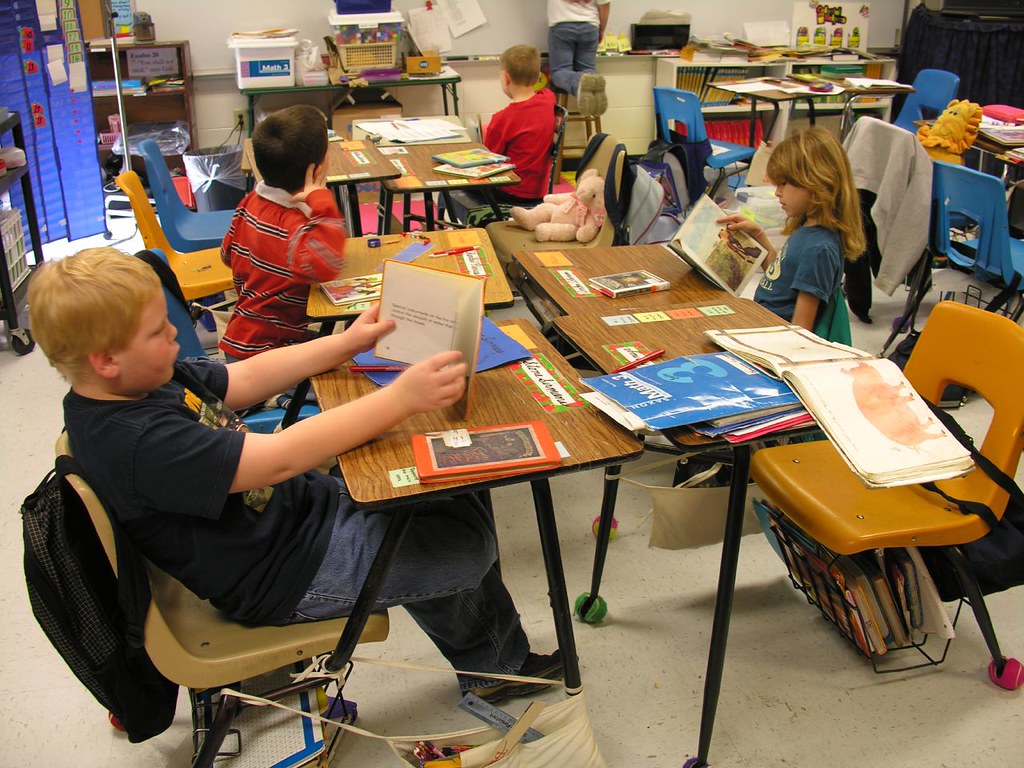
After reading, engage your child with thoughtful discussion and activities.
- Begin with simple “What,” “Why,” and “How” questions to check comprehension: What happened in the story? Why did the character act that way?
- Take it further by connecting the story to your child’s experiences, which can be a catalyst for deeper understanding and motivation.
By incorporating these strategies, you’ll provide a structured yet flexible framework that promotes both reading proficiency and enjoyment for third graders.
Diverse Literature for Third Grade Readers
Introducing a variety of perspectives through books is crucial for young readers. Your third grader can experience the rich tapestry of our world with tales that celebrate differences and commonalities.
Cultural Representation in Books
Encountering characters from various ethnic and cultural backgrounds provides your child with a global perspective. “Irene’s Wish” by Jerdine Nolen, illustrated by A.G. Ford, showcases a story where desires and family intertwine, presenting cultural nuance and a touch of magic Books that celebrate diversity for 3rd graders.
Additionally, Scholastic’s compilation of stories includes titles specific to race, ethnicity, and culture, helping broaden your child’s understanding of the world The Power of Story: Diverse Books for Grades 3-7.
Gender and Accessibility in Literature
Exploring different gender roles and characters with diverse abilities in literature is instrumental. Books that address themes surrounding gender identity and physical and mental abilities foster empathy and inclusivity. Look for guided reading book lists that prioritize diversity to supply your third grader with stories where every child can see themselves represented Diverse Guided Reading Book Lists for Every Level.
Evaluating Reading Progress
Accurately assessing where your students stand in their reading abilities is critical for guiding instruction and providing targeted support. Here are specific ways to effectively measure their progress.
Assessment Techniques
- Benchmark Passages and Running Records: You can gauge a student’s reading level by having them read aloud specific Benchmark Passages. As they read, take note of their reading behavior using Running Records to record errors, self-corrections, and fluency.
Retelling Rubrics: After reading, ask them to retell the story. Score their comprehension using a standardised Retelling Rubrics, focusing on their ability to recall key details and sequence events.
Benefits of Reading Journals
- Reflection: Encouraging your students to keep a reading journal allows them to reflect on what they have read. This reflection helps reinforce comprehension and gives them a space to connect personally with the text.
Growth Tracking: Reading journals can also serve as a record of a student’s progression throughout the school year. Reviewing their entries allows you to monitor growth in writing skills and comprehension over time.
Frequently Asked Questions about Reading Books for Third Graders
When selecting reading books for third graders, it’s important to consider their diverse interests and reading abilities. The right book can spark a lifelong love of reading.
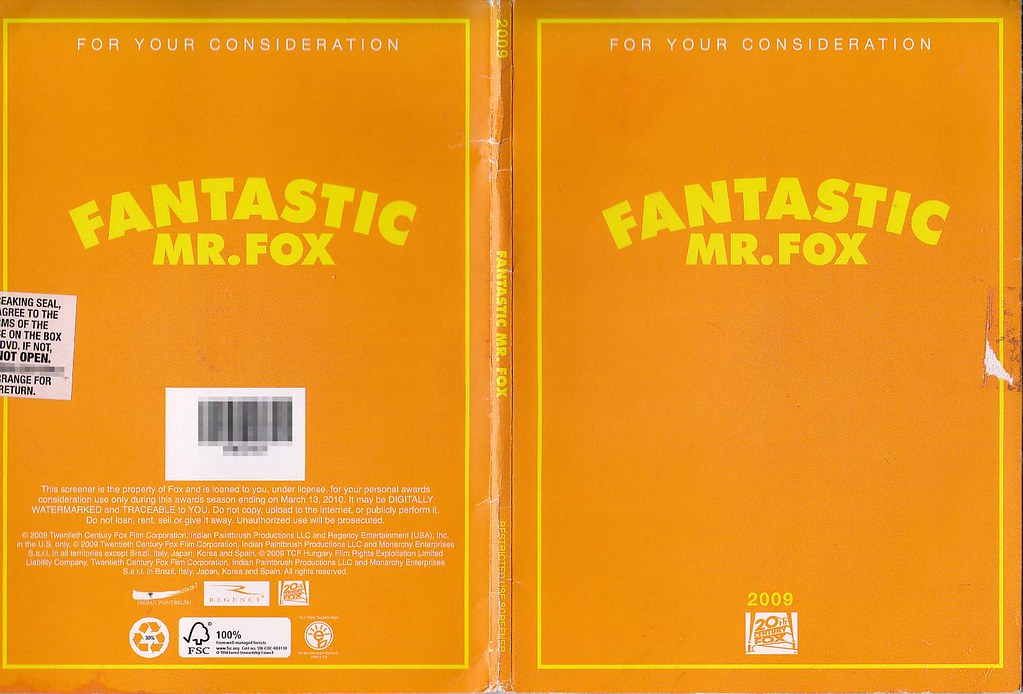
What are some popular chapter books for 3rd graders?
Third graders are often drawn to chapter books that blend engaging stories with relatable characters. Favorites include How to Eat Fried Worms by Thomas Rockwell and Fantastic Mr. Fox by Roald Dahl.
What reading level should a third grader be at?
By the end of the third grade, students typically reach a reading level that allows them to read various texts, including short novels and nonfiction. Teachers may aim for their students to be reading at or above the Lexile range of 420L to 820L.
Can third graders read book series intended for their age group?
Yes, there are many book series designed for third graders, which can be both accessible and challenging enough to help grow their reading skills.
How can parents find the right books for their 3rd-grade boys?
Parents can look for books that match their boys’ interests and reading levels. For a list of engaging books for third-grade boys, consider resources like GreatSchools.org.
What are some recommended books for third-grade girls?
Third-grade girls might enjoy books with strong female characters or stories that reflect their own experiences. Titles such as Stella Diaz Has Something to Say by Angela Dominguez are often recommended.
Where can I find printable reading lists for third-grade students?
Printable reading lists for third-graders can be found on educational websites and libraries. For a curated selection, visit Children’s Book Council where you can find age-appropriate reading lists.
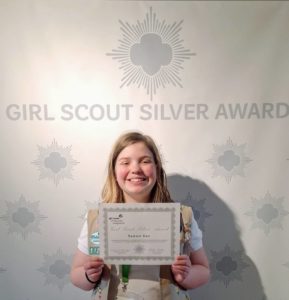
What Visiters Had To Say